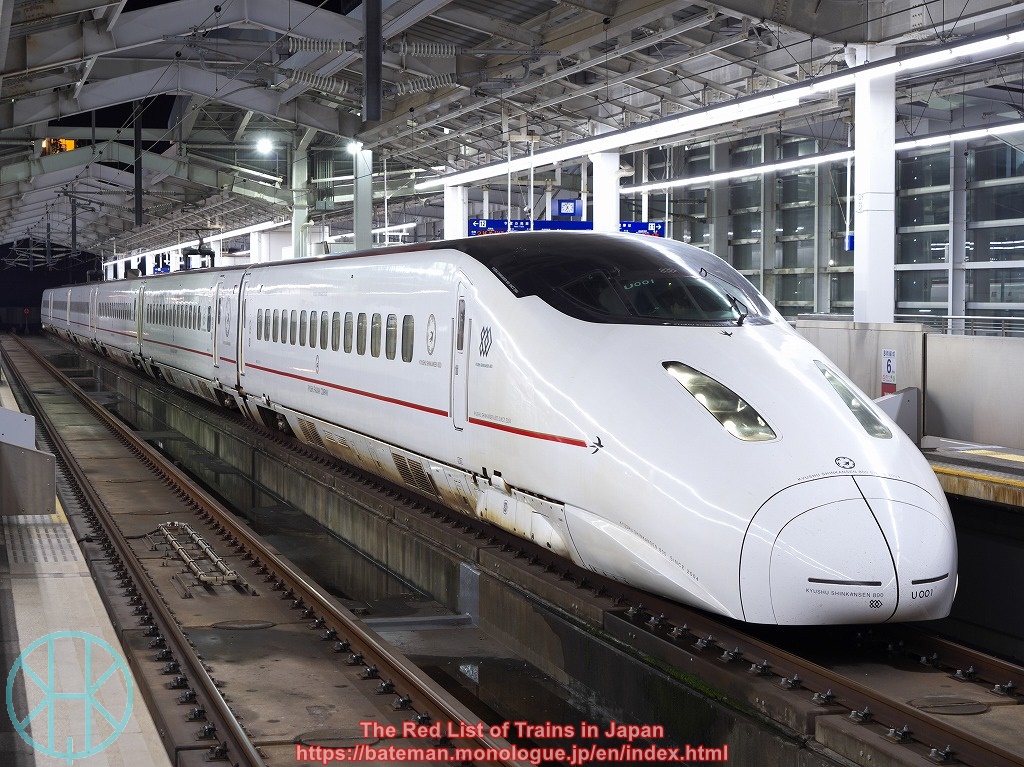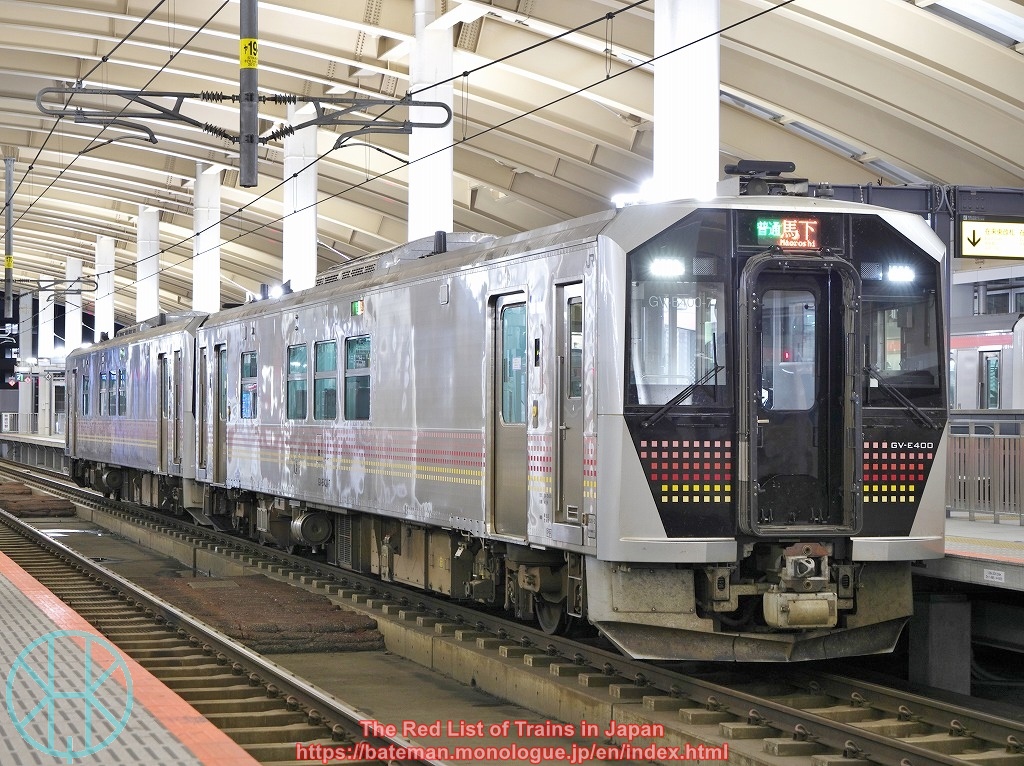As shown in the previous article, Japanese National Railways had provided long-distance trains calling at every station, but the number of stopping services per se was far fewer than today. Even in Tokyo, suburban trains like Tokaido and Tohoku Main Lines ran once or twice every hour in the afternoon. In other major cities, things had been worse than that.
Nagoya area
Nagoya has been the largest station in the area since the late-19th century, and Tokaido Main, Chuo Main and Kansai Main Lines have been serving the station. The first table shows westbound suburban trains on Tokaido Main Line departing Nagoya station between 9-11 am. All trains in 1973 and fast services in 2023 are for Ogaki, while Local trains in 2023 terminate at Gifu.
| 1973 | 2023 |
|---|
| | 9:07 Special Rapid |
| | 9:09 Local |
| | 9:18 Special Rapid |
| | 9:23 Local |
| 9:30 Local | 9:29 New Rapid |
| | 9:36 Rapid |
| | 9:41 Local |
| | 9:45 Special Rapid |
| | 9:50 Local |
| 9:57 Rapid | 10:00 New Rapid |
| | 10:05 Local |
| | 10:15 New Rapid |
| | 10:20 Local |
| | 10:35 Rapid |
| 10:35 Local | 10:35 Local |
| | 10:45 New Rapid |
| | 10:50 Local |
Here is another table showing eastbound Tokaido Main Line trains leaving Nagoya during evening rush hours, specifically between 5-7 pm. L means Local, N means New Rapid, R means Rapid and SR means Special Rapid.
| 1973 | 2023 |
|---|
| | 17:01 NR: Toyohashi |
| 17:08 L: Hamamatsu | 17:03 L: Toyohashi |
| | 17:16 SR: Toyohashi |
| | 17:18 L: Okazaki |
| | 17:31 SR: Toyohashi |
| | 17:33 L: Toyohashi |
| 17:40 R: Shizuoka | 17:46 SR: Toyohashi |
| 17:48 L: Hamamatsu | 17:48 L: Okazaki |
| | 18:00 NR: Toyohashi |
| | 18:02 L: Toyohashi |
| | 18:10 NR: Toyohashi |
| 18:15 L: Toyohashi | 18:17 L: Okazaki |
| | 18:20 SR: Toyohashi |
| | 18:30 NR: Toyohashi |
| | 18:33 L: Hamamatsu |
| 18:40 R: Hamamatsu | 18:40 SR: Toyohashi |
| | 18:47 L: Okazaki |
| | 18:50 SR: Toyohashi |
It was clear that JNR was not interested in commuters and students going to or back from their workplace or school. That is why, most people used Meitetsu that provided far more convenient services at that time. Tokaido Main Line eastbound services were even more useless at daytime with only a Local train per hour.
Chuo Main Line services were slightly better, with two trains departed Nagoya station at the daytime with four trains between 6-7 pm. Today, there are eight trains per hour at the daytime and more during rush hours.
Kansai Main Line was frankly awful, with only 13 trains a day in 1973. It is worth noting that two of them ran from Nagoya to Minatomachi (now JR Namba) and one from Nagoya to Tennoji via Kisei Main Line. Even so, it did not mean that the line was useful. Hence, most local residents must have relied on Kintetsu. Today, there are four trains per hour on Kansai Main Line at off-peak times.
Osaka area
JNR services in Osaka had been infamous for being inconvenient, but to be fair, JNR was not necessarily reluctant to compete with private railways. Special Rapid was introduced in 1970 with just six services per day, but there were four services per hour in 1973. There were also four rapid trains between Kusatsu and Nishi-Akashi (including Kyoto, Osaka and Sannomiya stations). Local trains ran every 15-30 minutes, half the number of what we see today.
However, other suburban trains were totally different at that time. The notable example is San-in Main Line, which is now also called Sagano Line. There are four trains per hour between Kyoto and Kameoka at off-peak times and up to seven during rush hours, but there were only 21 trains a day in 1973.
| 5:20 | Hamada |
| 6:43 | Tsuruga (via Ayabe) |
| 7:50 | Ayabe |
| 8:27 | Sonobe |
| 9:06 | Izumoshi |
| 10:27 | Sonobe |
| 11:12 | Fukuchiyama |
| 12:30 | Fukuchiyama |
| 15:11 | Goma |
| 15:53 | Fukuchiyama |
| 16:57 | Sonobe |
| 17:19 | Fukuchiyama |
| 17:39 | Sonobe |
| 18:14 | Fukuchiyama |
| 18:53 | Sonobe |
| 19:27 | Ayabe |
| 20:28 | Ayabe |
| 21:04 | Sonobe |
| 21:42 | Fukuchiyama |
| 22:04 | Izumoshi* |
| 22:55 | Sonobe |
The ridership of San-in Main Line was far smaller in 1973 than today as there were not so many houses. The line might not have been an option for tourists visiting Saga and Arashiyama area. Most trains were loco-hauled so that they were slower than trains of today. Interestingly, four out of 21 trains were long-distance (running more than three hours), and the 22:04 service had a sleeper coach. This train arrived Izumoshi at 9:31 on the following day.
The line was electrified in 1990 with a dramatic track improvement project finally completed in 2010. The modernisation programme made it far easier for local residents to go to Kyoto so that houses and blocks of flats were built near stations.
Fukuoka area
At Hakata in 1973, southbound suburban trains on Kagoshima Main Line included services to Amagase, Hita (both via Kyudai Main Line) and Yatsushiro, but ran every 60-90 minutes at the daytime and up to just three trains per hour at peak times (excluding Minami-Fukuoka services). Today, there are 5-6 trains per hour.
Northbound trains towards Kokura and Mojiko ran twice or three times per hour at daytime, while there are five today. Interestingly, there were Special Rapid services between Hakata and Kokura, calling only at Kurosaki and Tobata. The Special Rapid left Hakata 10 past every hour (9:10 – 19:10) and the fastest one took just 54 minutes from Hakata to Kokura. Today, the fastest train takes more than an hour so that busy businesspeople have to choose San-yo Shinkansen.
How about Sasaguri Line? Today, it is also known today as Fukuhoku-yutaka Line and there are 3-6 trains per hour, all of which start from or terminate at Hakata. However, it was hourly service in 1973 including rush hours, and only seven out of 19 trains a day ran between Yoshizuka and Hakata.
One of the most interesting railway in Fukuoka was Katsuta Line, a 13.8 km (8.6 miles) long rural railway between Yoshizuka and Chikuzen-Katsuta, with five stations in between.
(Yoshizuka, Mitarai, Kami-Kameyama, Shime, Shimoumi, Umi, Chikuzen-Katsuta)
It was opened in 1918 for freight trains transporting coal, but all coalfields in the area have been closed by 1964. In spite of proximity to the city centre of Fukuoka as well as construction of housing estates, JNR had never interested in passenger trains on Katsuta Line. In 1973, Yoshizuka station timetable was as follows.
| 5:54 | for Chikuzen-Katsuta |
| 7:17 | for Shime* |
| 8:12 | for Chikuzen-Katsuta |
| 12:59 | for Chikuzen-Katsuta |
| 14:15 | for Chikuzen-Katsuta** |
| 16:29 | for Chikuzen-Katsuta |
| 18:57 | for Chikuzen-Katsuta |
| 20:29 | for Chikuzen-Katsuta |
*Weekdays & Saturdays only. **Weekends & holidays only.
Local residents have been dependant on buses so that they accepted a permanent closure of the Line, which eventually took place in 1985. Had JNR provided more services or had it been succeeded by JR Kyushu, Katsuta Line would have dramatically been transformed to a major commuter rail in the city.

















